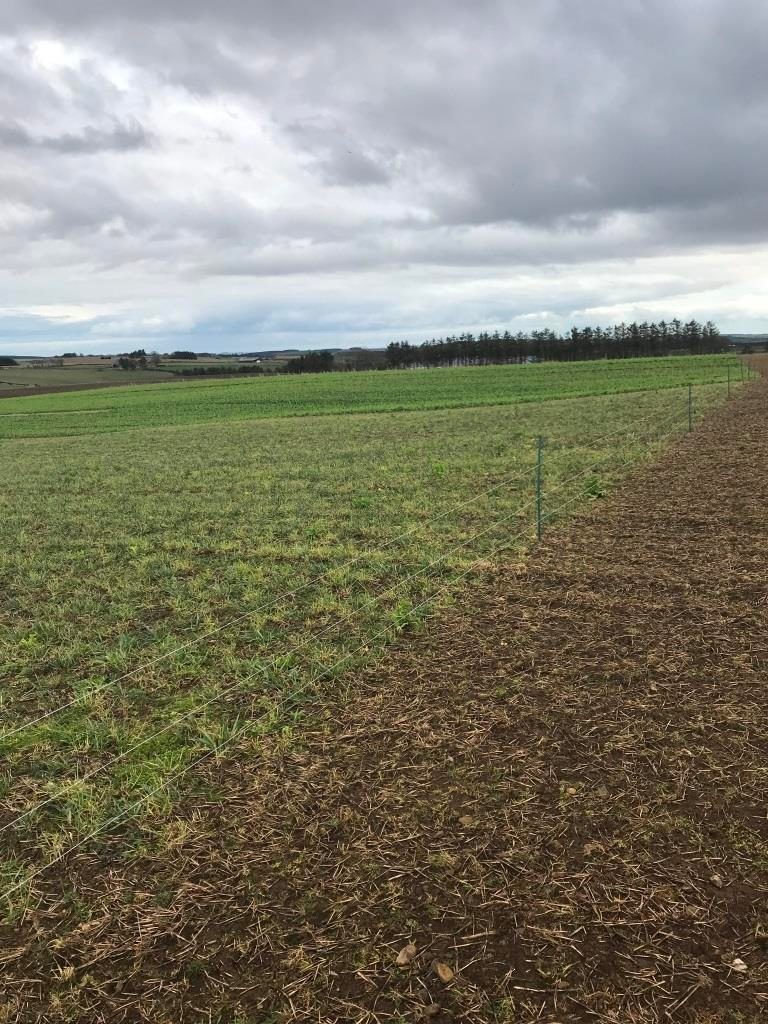Crop Residue – Late August 2020
27 August 2020What have crop residues done for us?
SRUC is working with partners across Europe to improve the estimation of how management of crop residues can contribute to reducing agricultural greenhouse gases emissions and enhance soil carbon storage. They are doing this as part of the EU-funded ResidueGas project. To enhance the applicability of their research, SRUC are conducting a questionnaire among farmers with the aim of identifying possible barriers and incentives to the adoption of improved management strategies for crop residues that could mitigate the emission of greenhouse gases.
Although the focus in growing crops is understandably on the harvestable part of the plant, there is a considerable amount of plant material remaining after harvest in the form of crop residues which are used in a variety of ways on farms. These residues form an important part of the farm’s nutrient cycling processes and for example when incorporated into soils they can provide a valuable return of nutrients and soil organic matter. One surprising feature of crop residues is that they contribute to greenhouse gas emissions in the form of nitrous oxide. Nitrous oxide is a powerful greenhouse gas that is emitted as a result of the microbial processes in soils following the addition of nitrogen rich materials. Fertiliser nitrogen is therefore an important contributor to this. However, crop residues incorporated into soils may also release nitrous oxide. It is assumed about 10% of nitrous oxide emissions from arable cropping result from crop residues. But this figure is highly uncertain. One of the main aims of this project is to reduce this uncertainty by developing a better understanding of how crop residues are managed farms and explore opportunities for mitigation. To help achieve this SRUC are undertaking an international survey of farmers in Norway, Sweden, Denmark, France, Germany, UK in order to understand farmer attitudes towards crop residues and how they managed in different countries.
Therefore, they would be grateful if you could spend some 15-25 minutes of your valuable time to follow the link to the questionnaire (below) and answer the questions. There are no “right” or “wrong” answers and no prior knowledge of the subject is required. The survey is anonymous, and the data will be handled in such a way that it is not possible to identify individual respondents. The results will be published in international scientific journals and in the farming press.
Click here to access the survey.
Sign up to the FAS newsletter
Receive updates on news, events and publications from Scotland’s Farm Advisory Service

